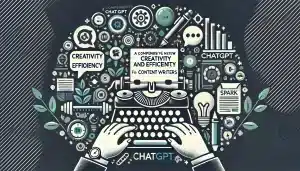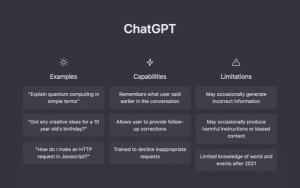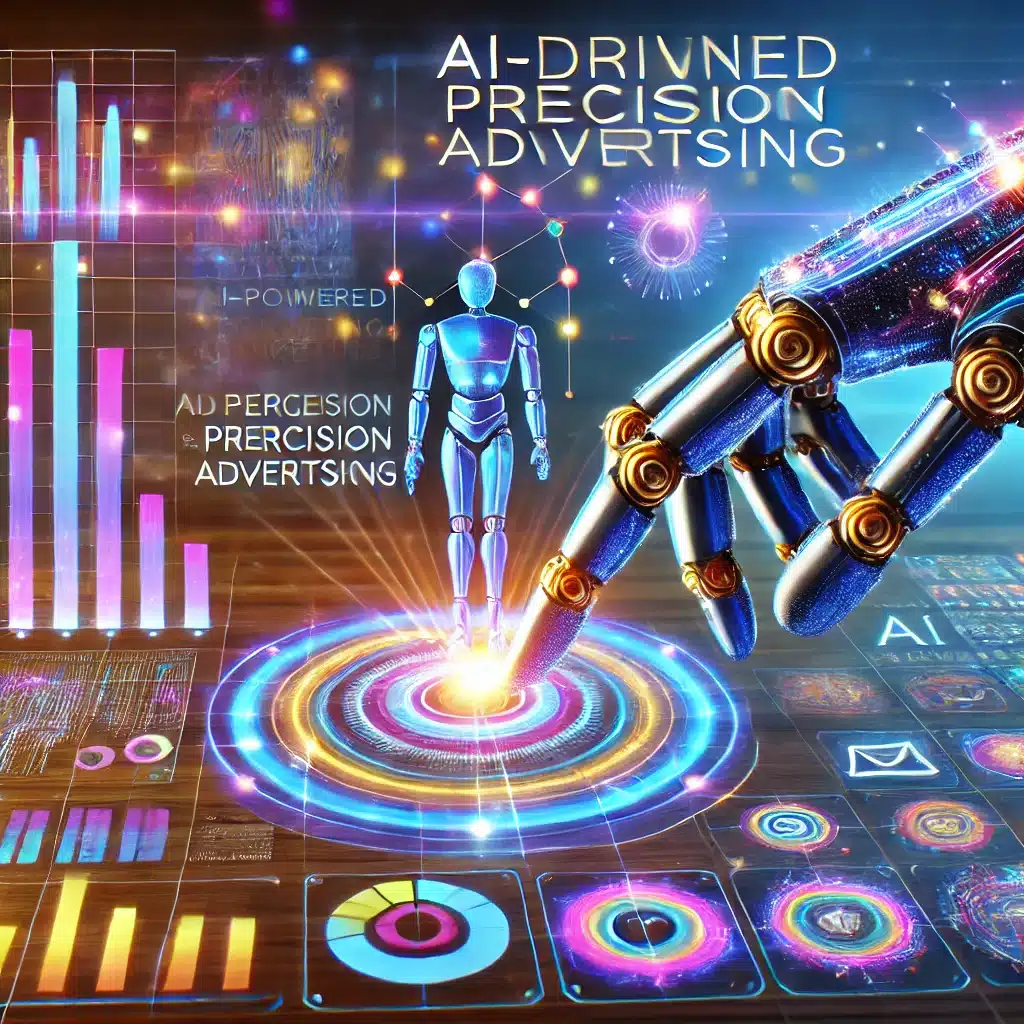Remember when you first got Siri or Alexa and how it was amazing. That pales in comparison of what is coming with self learning chatbots. ChatGPT has shown us where we are heading. The future is amazing and the future is here.
In the ever-evolving landscape of digital content creation, artificial intelligence tools have become indispensable allies. Among these tools, OpenAI’s ChatGPT stands out as a revolutionary asset for content writers, offering a blend of creativity and efficiency that can significantly enhance their workflows. This comprehensive review explores how ChatGPT serves as a transformative tool for content creators, focusing on its capabilities, usability, and impact on content quality and productivity.
Overview of ChatGPT
ChatGPT is a variant of the GPT (Generative Pre-trained Transformer) models developed by OpenAI, designed to generate human-like text based on the input it receives. It uses deep learning techniques to understand and respond to user queries, making it an excellent tool for generating articles, blogs, scripts, and even poetry. The model is trained on a diverse range of internet text, but it’s the fine-tuning that allows ChatGPT to produce relevant and context-aware content.
Enhancing Creativity
One of the most significant advantages of using ChatGPT is its ability to jump-start the creative process. Writers often face the dreaded ‘writer’s block’, where starting with a blank page can be daunting. ChatGPT helps mitigate this by generating ideas, outlines, or even entire paragraphs that writers can build on or take inspiration from.
-
Idea Generation: ChatGPT can provide numerous content ideas based on a simple prompt, helping writers explore different angles and topics they might not have considered.
-
Content Outlining: Writers can use ChatGPT to create detailed outlines for their articles or stories, which helps in structuring their content effectively and maintaining a coherent flow.
Boosting Efficiency
For content writers, efficiency is just as crucial as creativity. ChatGPT excels in automating repetitive tasks and speeding up the content creation process, allowing writers to focus more on refining their work and less on the mundane aspects of content generation.
-
Drafting Speed: ChatGPT can generate drafts in seconds, providing a substantial text base from which writers can refine and edit. This feature is particularly beneficial for meeting tight deadlines or managing multiple content projects simultaneously.
-
Content Variability: The AI can produce multiple versions of text for A/B testing, marketing campaigns, or to suit different audience segments, which significantly cuts down the time required to manually rewrite or adjust content.
Impact on Content Quality
While ChatGPT can enhance creativity and efficiency, the quality of the content it produces is a crucial concern. The model is capable of generating grammatically correct and coherent text, but it’s essential for writers to fact-check and revise the AI-generated content to ensure accuracy and alignment with the intended message.
-
Consistency and Coherence: ChatGPT maintains a consistent tone and style throughout the text, which is vital for brand messaging and narrative consistency.
-
Customization and Control: Writers have the flexibility to guide the AI to produce content that matches specific style guides or tone requirements, making it a versatile tool for diverse content needs.
Ethical Considerations and Best Practices
As with any AI tool, using ChatGPT responsibly is paramount. Content writers should use the tool as a collaborator rather than a replacement. Ensuring originality, preventing plagiarism, and maintaining ethical standards in content creation are essential responsibilities.
-
Transparency: It’s important for writers to disclose the use of AI tools where necessary, especially in journalistic or academic contexts.
-
Supervision: Always review and edit AI-generated content to ensure it meets ethical standards and is free from biases that might be present in the training data.
ChatGPT vs. Bard: Which is Better?
The choice between ChatGPT and Google’s Bard depends on the need for up-to-date information versus deep conversational abilities and specific application integration.
|
Factor |
ChatGPT |
Bard |
|
Underlying Model |
Based on OpenAI’s GPT architecture, doesn’t browse the internet. |
Utilizes Google’s LaMDA, can access real-time information from the web. |
|
Capabilities |
Focuses on generating human-like text, suitable for a variety of conversational tasks. |
Designed to integrate web-based information, offering fresh insights and responses. |
|
Integration and Use Cases |
Easily integrated via OpenAI’s API, used in diverse applications from customer service to content creation. |
Expected to integrate seamlessly with Google’s services, enhancing tools like Google Search and Workspace. |
|
Accessibility and Customization |
Offers a subscription model for more features and higher limits. |
Likely to be free initially, with potential future integration into Google’s ecosystem. |
Bottom Line
ChatGPT by OpenAI is a powerful tool for content writers seeking to enhance their creativity and efficiency. It serves not only as a digital muse but also as a productivity powerhouse, capable of handling various aspects of the writing process. By leveraging ChatGPT judiciously and ethically, content creators can significantly elevate the quality and impact of their work, making it a must-have in the digital content toolbox.






